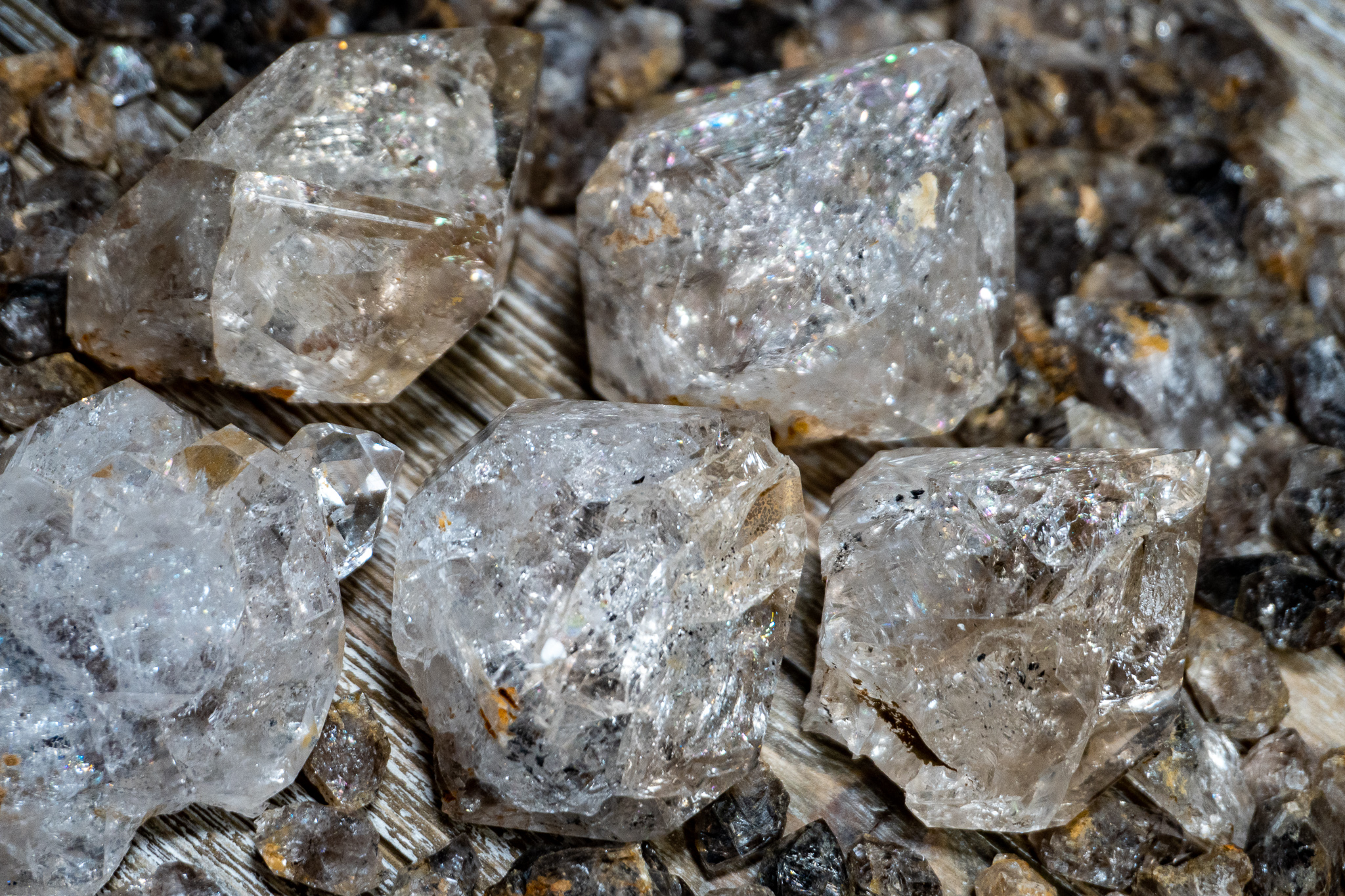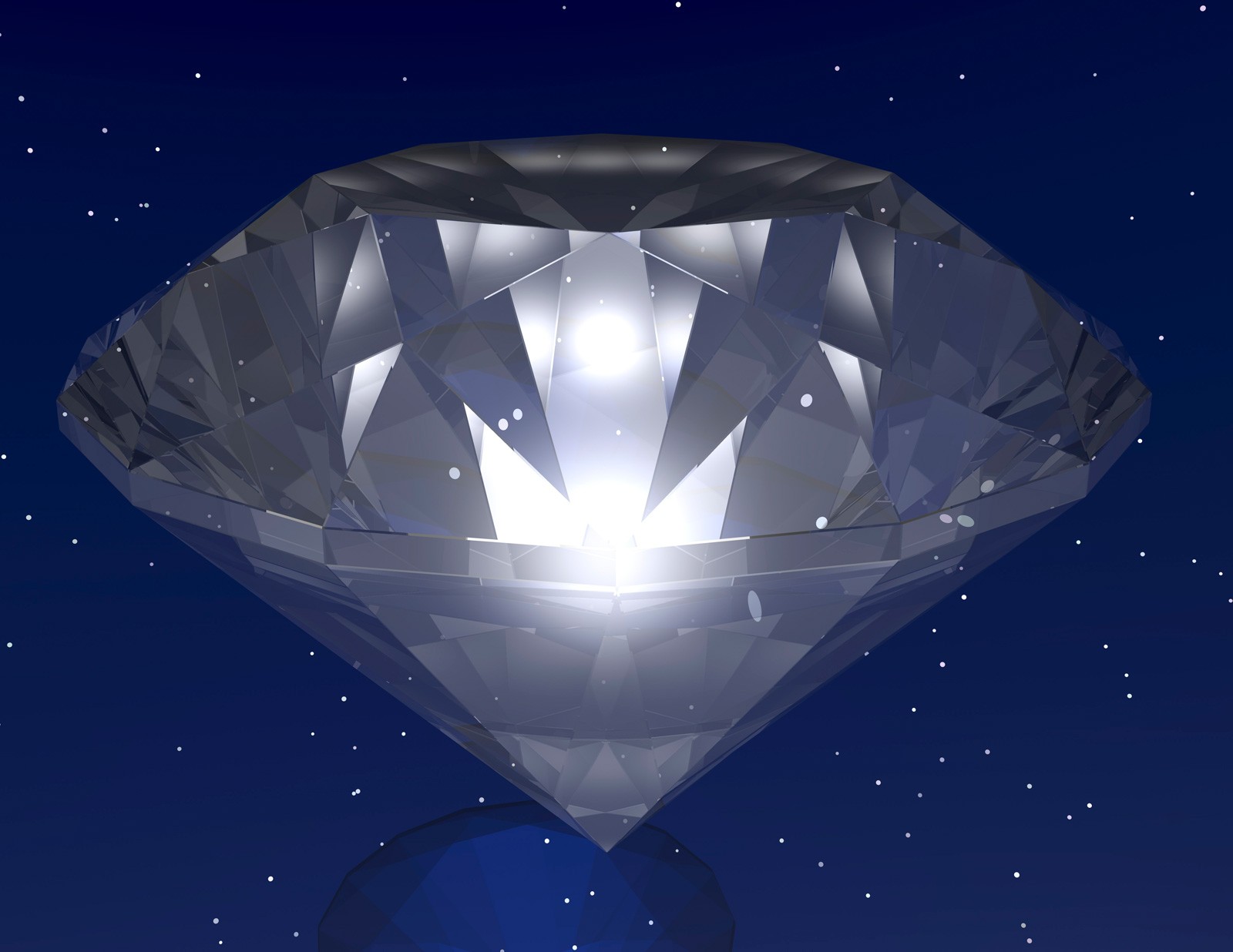Cultural Significance

Diamond meaning – Diamonds have captivated civilizations for millennia, symbolizing power, wealth, and eternal love. Their allure has permeated cultures, inspiring myths, legends, and traditions that have shaped their cultural significance.
Diamonds, emblems of purity and unyielding brilliance, have long captivated the human heart. Their allure extends beyond their physical beauty, delving into realms where the mundane gives way to the extraordinary. Just as the marsupial Winnie the Pooh , a creature of boundless imagination, roams enchanted forests, so too does the diamond’s mystique transcend the ordinary, sparking dreams and illuminating the path to our innermost desires.
In ancient times, diamonds were believed to possess mystical properties and were used in religious ceremonies and rituals. The ancient Egyptians associated diamonds with the goddess Isis and considered them a symbol of purity and protection. In India, diamonds were revered as the tears of the gods and were believed to bring good fortune and spiritual enlightenment.
A diamond, a symbol of purity and strength, can also be a harbinger of temptation. Its allure can draw one into the glittering realm of the casino , where fortune and ruin dance in a dizzying waltz. Yet, like the diamond’s unyielding brilliance, true wealth lies not in the fickle embrace of chance, but in the unwavering pursuit of virtue and the treasures it holds.
Royal Regalia, Diamond meaning
Diamonds have long been a staple of royal regalia, adorning crowns, scepters, and other symbols of power. The Koh-i-Noor, one of the most famous diamonds in the world, has been part of the British Crown Jewels since 1850. The Hope Diamond, another iconic gem, has been owned by numerous monarchs and is now housed in the Smithsonian Institution.
Symbol of Love and Commitment
In the 15th century, the tradition of giving diamond engagement rings emerged in Europe. Diamonds became the preferred choice for engagement rings due to their perceived rarity and durability, symbolizing the unbreakable bond of love and commitment between two people. This tradition has endured for centuries, and diamonds remain the most popular choice for engagement rings worldwide.
Geological Formation and Characteristics

Diamonds are formed deep within the Earth’s mantle, where extreme heat and pressure cause carbon atoms to crystallize into a diamond lattice. This process typically occurs at depths of 150 to 250 kilometers (93 to 155 miles) and temperatures ranging from 900 to 1,300 degrees Celsius (1,650 to 2,370 degrees Fahrenheit). The intense pressure prevents the carbon atoms from bonding with other elements, resulting in the formation of pure carbon crystals.
Diamonds possess exceptional physical and chemical properties that make them highly sought after for industrial and ornamental purposes. They are the hardest known natural material, with a Mohs hardness of 10. This remarkable hardness makes diamonds ideal for cutting and grinding tools, as well as for use in high-pressure applications. Additionally, diamonds exhibit high thermal conductivity, allowing them to conduct heat effectively. This property makes diamonds useful in heat sinks and other applications where efficient heat dissipation is crucial.
Diamonds are classified into different types and grades based on their clarity, color, and carat weight. Clarity refers to the number and size of inclusions or blemishes within the diamond. Colorless diamonds are considered the most valuable, while diamonds with slight yellow or brown hues are less valuable. Carat weight measures the weight of a diamond in carats, with one carat equaling 200 milligrams (0.007 ounces).
Industry and Applications: Diamond Meaning

Diamonds, renowned for their exceptional hardness and brilliance, have captivated humanity for centuries. The global diamond industry encompasses mining, cutting, and a wide range of industrial applications.
Diamond Mining and Cutting
Diamond mining involves extracting rough diamonds from their natural sources, primarily kimberlite pipes and alluvial deposits. Major diamond-producing countries include Russia, Botswana, Canada, and the Democratic Republic of Congo. Advanced techniques such as open-pit mining and underground mining are employed to access these diamonds.
Once extracted, rough diamonds undergo a meticulous cutting and polishing process to transform them into the sparkling gems we cherish. Skilled artisans employ specialized tools and techniques to shape and facet the diamonds, maximizing their brilliance and beauty.
Industrial Applications
Beyond their ornamental value, diamonds also play a crucial role in various industries. Their extreme hardness and thermal conductivity make them ideal for cutting tools, abrasives, and heat sinks. Diamond-tipped drill bits, for instance, enable precise drilling in hard materials like concrete and granite.
In electronics, diamonds are utilized as semiconductors and heat spreaders due to their exceptional thermal conductivity. They enhance the performance and durability of electronic devices, such as smartphones and laptops.
Ethical and Environmental Considerations
The diamond industry has faced scrutiny regarding its ethical and environmental practices. Concerns include potential human rights violations in mining operations, particularly in conflict zones. Additionally, diamond mining can disrupt local ecosystems and deplete water resources.
Efforts are underway to promote ethical and sustainable diamond mining practices. Initiatives like the Kimberley Process Certification Scheme aim to prevent conflict diamonds from entering the supply chain. Furthermore, responsible mining techniques and environmental impact assessments are being implemented to minimize the industry’s ecological footprint.
Diamonds, the hardest known natural material, have long been associated with wealth and power. Their brilliance and durability have made them a popular choice for jewelry and investment. But did you know that diamonds also have a dark side? In the high-stakes world of the casino pit , diamonds are often used as a form of currency, representing both the thrill of victory and the agony of defeat.
The lure of these precious stones can be intoxicating, drawing players into a dangerous game where fortunes can be won and lost in a single spin of the roulette wheel. Yet, like the diamond itself, the casino pit is a place of both beauty and danger, where the pursuit of wealth can come at a steep price.
The enduring brilliance of diamonds, a symbol of eternal love, has captivated hearts throughout history. Like the soulful melodies of Rihanna’s songs , diamonds possess a timeless allure that transcends generations. Their ability to reflect light and ignite a mesmerizing sparkle mirrors the illuminating power of music, reminding us that even in the darkest of times, there is always a glimmer of hope and the promise of something extraordinary.